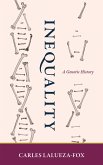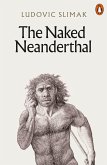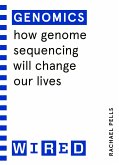Rob DeSalle and Ian Tattersall explain how science has been misused to sustain belief in the biological basis of racial classification. Troublesome Science draws on the tools of taxonomy to show that while the diversity that exists within our species is a real phenomenon, it nevertheless defeats any attempt to recognize discrete units within it.
Troublesome Science provides a deeper analysis than one usually finds in discussions of racial classifications. It brings clarity to the field of systematics and in so doing reveals the hollowness of claims to the scientific legitimacy of race. Clear, assertive, and well argued, it demonstrates that scientific taxonomy cannot draw racial boundaries in human populations from genetic-clustering studies. More than a takedown of a popular journalistic account, it is an important contribution to our understanding of the science behind the classification of species and subspecies. Sheldon Krimsky, author of Stem Cell Dialogues







